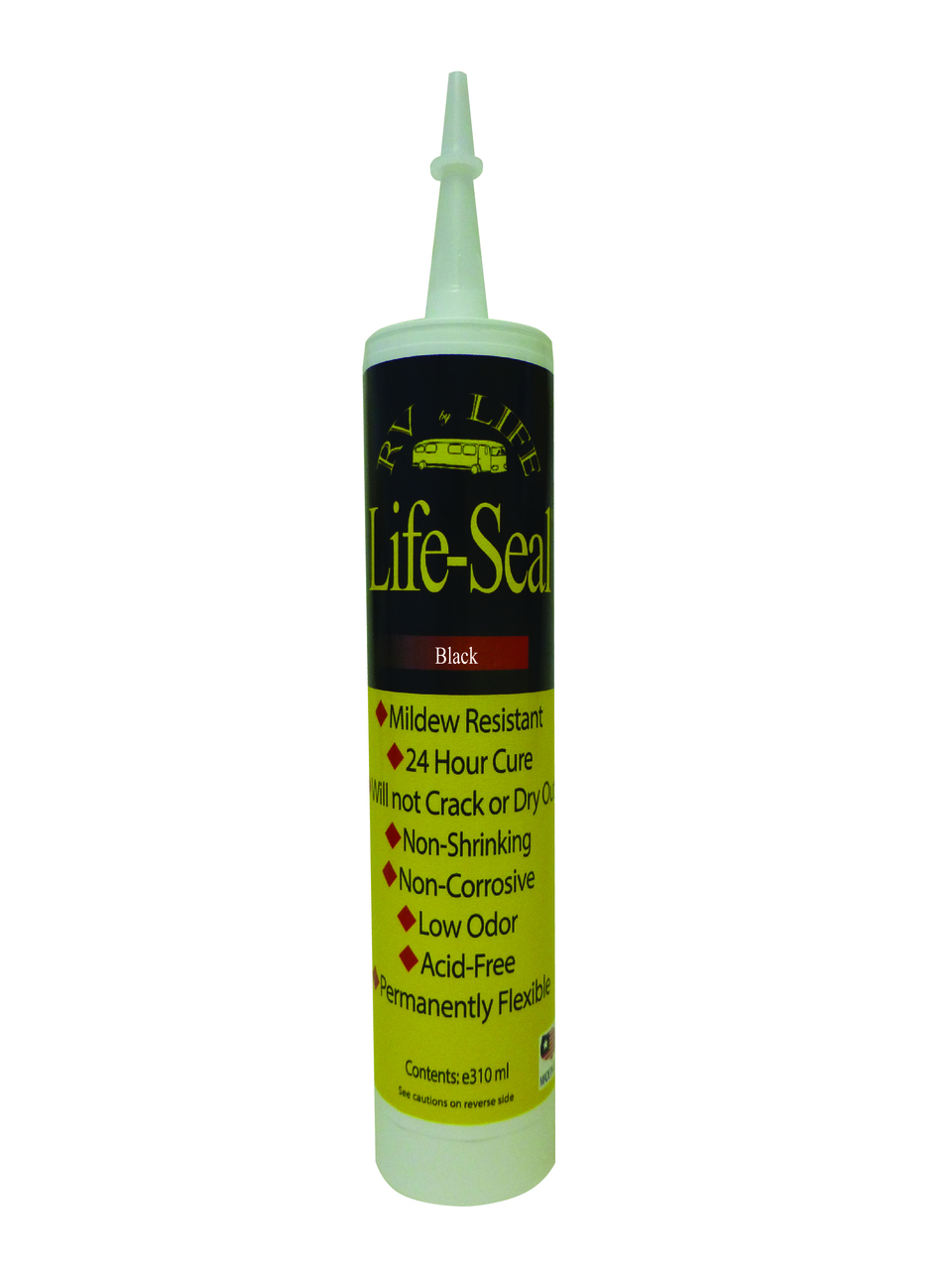
The appeal of an RV is that it lets you live a life of
adventure and freedom. But adventure and freedom only last while your roof
does. And with a fiberglass roof, RV roof maintenance and repair can seem
difficult and complicated. That’s why we’ve put together this list of top RV
fiberglass roof repair tips.
A quality roof will keep your RV ready for the next
adventure! We hope these tips help you save money and prevent long-term roof
problems.
Understanding
Fiberglass

Fiberglass can seem complicated. But think of it as any
other material. Like most materials, it has its advantages and disadvantages.
It has its own individual quirks. Fortunately, your RV fiberglass roof repair
will be much easier if you keep the following in mind as you work:
- Examine your
roof. The same is true of rubber roofs. Many experts recommend getting up
to inspect the quality of your roof about twice per year. The reason for this?
You simply don’t have a full sense of the quality of your fiberglass unless you
can see it from the top. Don’t wait for your RV to start leaking—it’s much
better to catch problems early on. - When you
repair with sealant, match the sealant to fiberglass. For example, Life-Seal®
Silicone/Polyurethane Sealant is specially formulated for
fiberglass. Make sure that you use this type of sealant to ensure that you get
the proper bonding and curing. This is not an area in which you want to guess
as to the best material for sealing off cracks and edges. - Remember
the gel coat. Fiberglass often comes accompanied with a “gel coat” that
adds to the glossy texture of the roof. You want this gel coat to be in good
shape to maintain the quality of your roof. That’s why you should use
specially-formulated RV cleaners that won’t
remove the gel coat from fiberglass. Stick to gentle cleaners such as sponges
rather than abrasives to ensure that you don’t damage the gel coat or the
fiberglass underneath.
Repairing Your
Fiberglass Roof
What happens when you notice an issue that needs repairing
or sealing? As you’ve already seen, it’s a good idea to pair the proper sealant
to the materials your working with. But try to keep the following repair tips
in mind as well:
- Work with
a clear, clean, and dry surface before sealing. This will ensure that no
debris gets stuck in between that can do long-term damage to the sealant
itself. - Regularly
inspect the quality of your repairs. Even though it’s tempting to wipe your
hands and say “job well done,” try to include a close inspection of your seals
when you look at your RV roof. Continuing problems may necessitate some
professional repairs that may be beyond your skills.
Fiberglass doesn’t have to be scary or intimidating. If you
manage it well, it can help your entire RV maintain its “like-new” finish. But
make sure that you treat it right by securing the proper RV roof maintenance products you
need for a clean and well-maintained roof.

